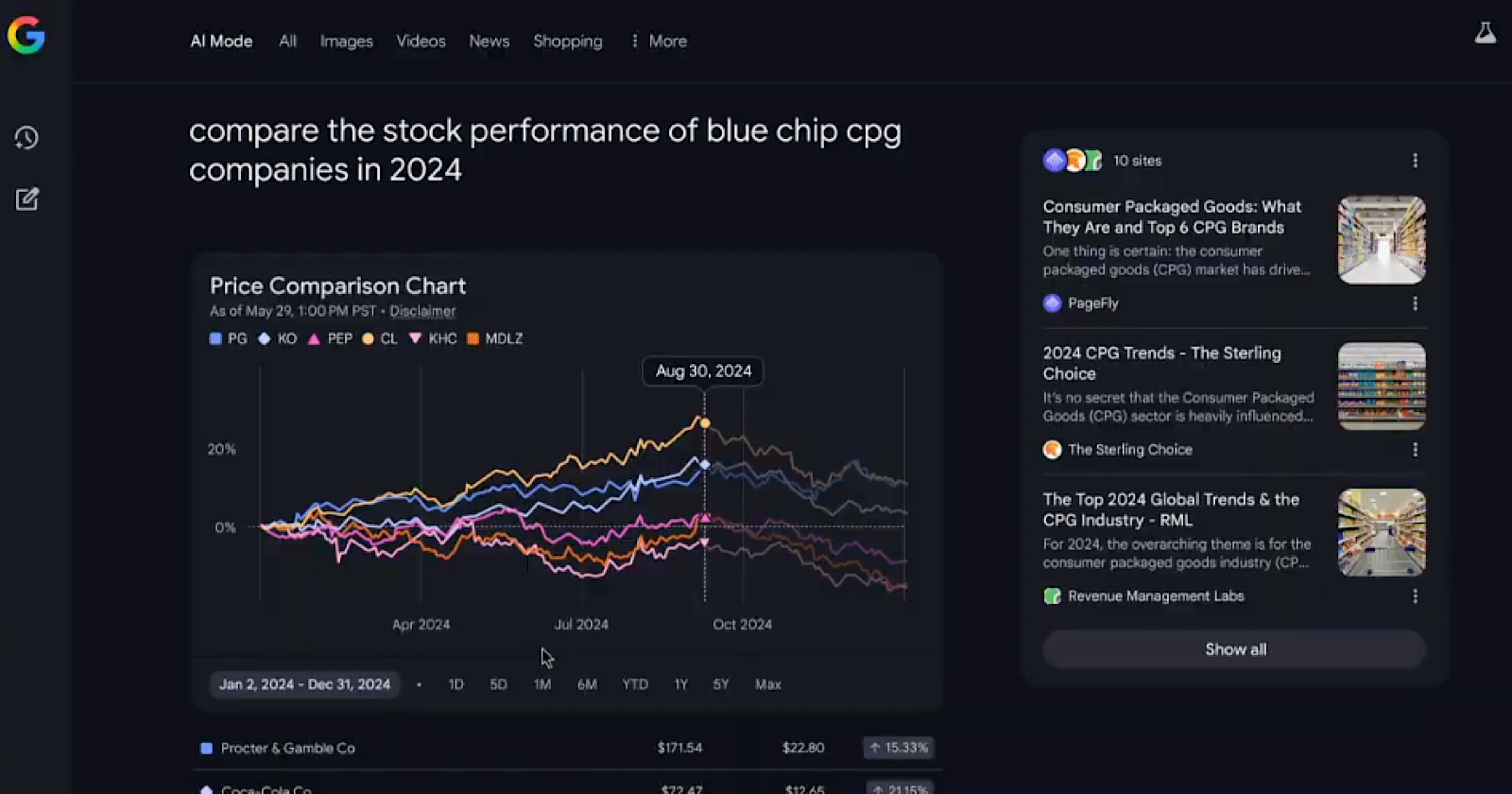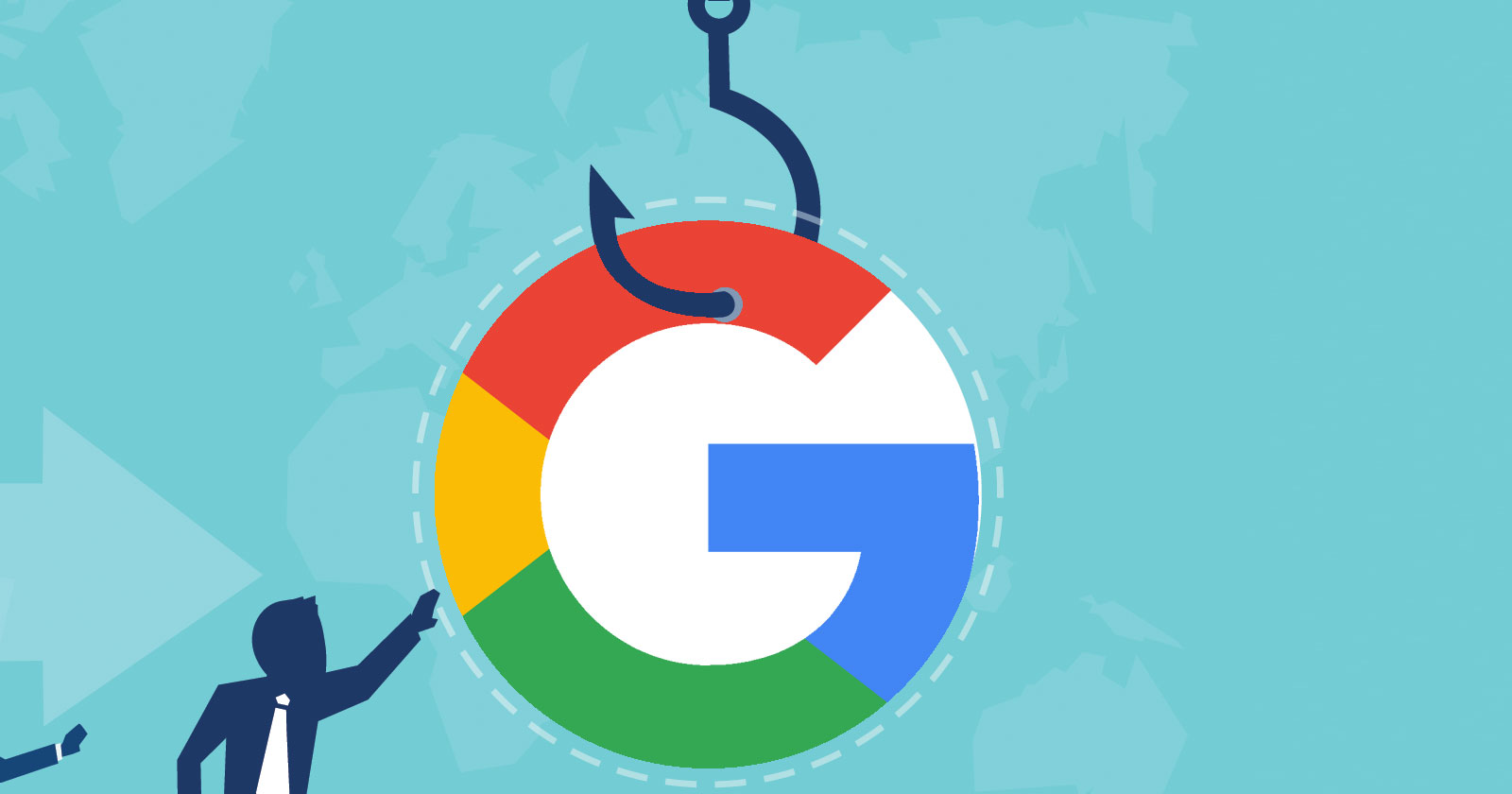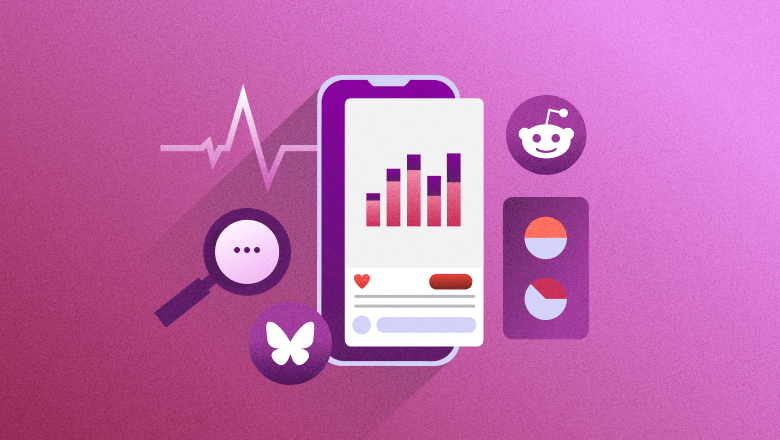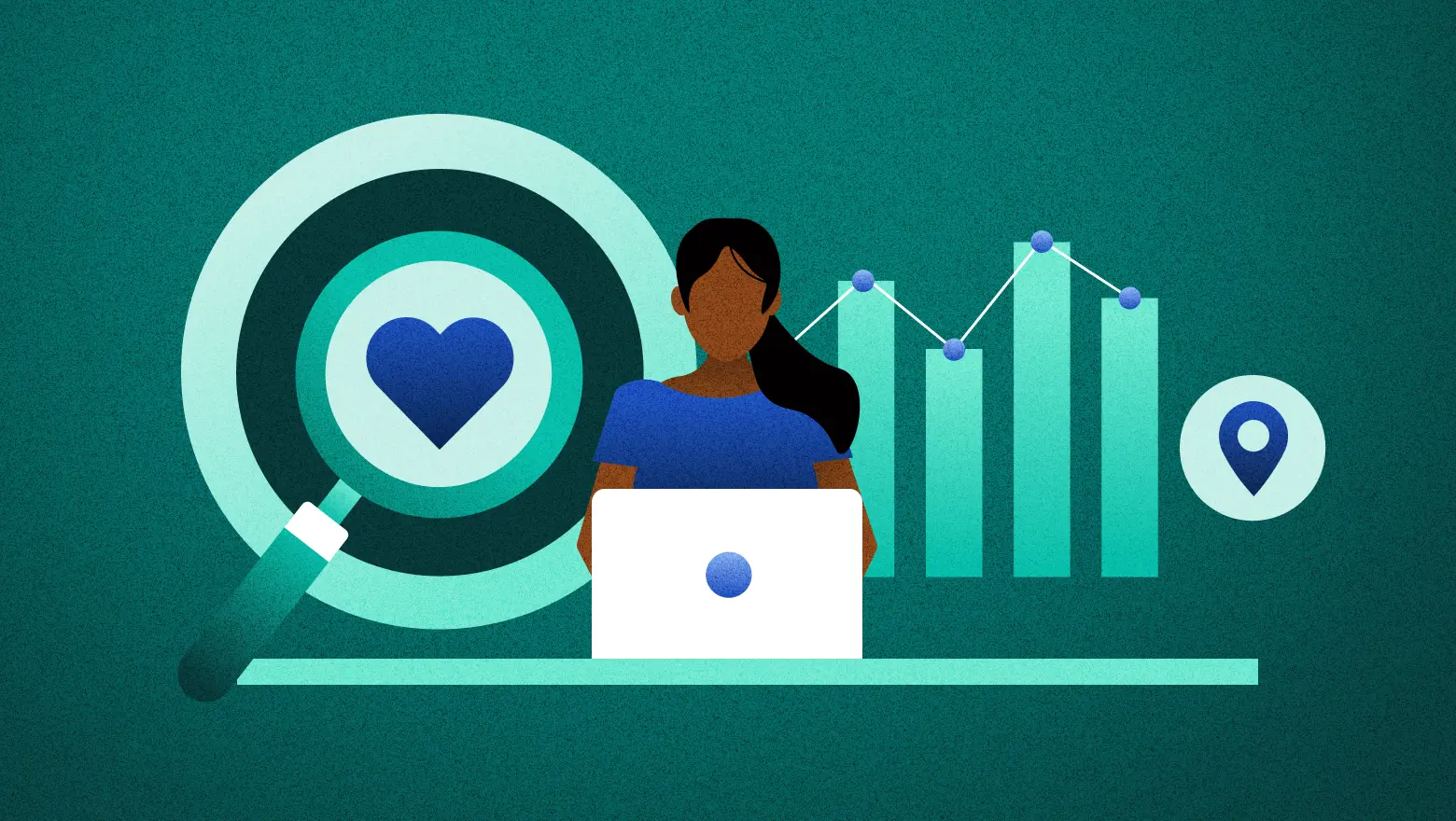How to Find a Side Hustle You Can Make Work
The world of side hustles is huge—there’s something out there for almost everyone, from delivering... The post How to Find a Side Hustle You Can Make Work appeared first on Social Media Explorer.

The world of side hustles is huge—there’s something out there for almost everyone, from delivering groceries to freelancing online. But with so many options, how do you pick one that actually fits your lifestyle and helps you reach your financial goals? Whether you’re trying to pay down debt, save up for something special, or just boost your income, choosing the right side hustle can make all the difference.
If you’re dealing with money challenges and exploring debt relief options, a side hustle can be a useful tool—but only if it suits you. Not every side gig works the same way for every person, so understanding the different types of side hustles and their pros and cons can help you find a path that’s sustainable and rewarding.
Here’s a breakdown of the three main categories of side hustles to get you started.
1. The Gig Economy Side Hustles
These side hustles involve tasks you can pick up and drop easily, like driving for rideshare companies, delivering food, or doing odd jobs on platforms like TaskRabbit.
Pros:
- Flexible hours—you choose when and how much you work.
- Low startup costs—usually just a car, bike, or smartphone is needed.
- Quick payouts, sometimes even daily.
Cons:
- Income can be unpredictable and depends on demand.
- Wear and tear on your vehicle or equipment can add hidden costs.
- Some gigs involve dealing with customer service challenges or safety risks.
Gig economy jobs are great if you need flexible work and want to start earning fast. But because earnings can vary, it’s smart to budget carefully and not rely on these gigs as your sole income source—especially if you’re working on debt relief.
2. The Skills-Based Side Hustles
These are side hustles where you use a skill you already have or develop a new one. Examples include freelance writing, graphic design, tutoring, or virtual assistant work.
Pros:
- Potentially higher pay compared to gig jobs.
- Opportunity to build a portfolio or side business that could grow.
- You can work from home, often with flexible hours.
Cons:
- Finding clients or gigs can take time and effort.
- Income might be inconsistent at first.
- Requires discipline to balance with your main job.
If you have marketable skills or are willing to learn, these side hustles can be a great way to increase your income over time. Plus, they can lead to career growth or new opportunities.
3. The Product or Service Side Hustles
This category includes selling handmade goods, dropshipping, teaching classes, or offering specialized services like photography or personal training.
Pros:
- Control over your business model and pricing.
- Can turn your passion into profit.
- Possibility of building a brand and loyal customers.
Cons:
- Often requires upfront investment in materials or marketing.
- Takes time to establish and grow a customer base.
- Managing inventory, orders, or schedules can be demanding.
These side hustles are for people ready to take on a bit more risk and responsibility in exchange for creative freedom and business-building potential.
How to Choose the Side Hustle for You
Start by thinking about your current schedule, skills, and what you enjoy. If you need fast cash and flexibility, gig economy jobs might be your best bet. If you want to leverage your talents and grow over time, skills-based gigs could be more rewarding. And if you’re entrepreneurial and passionate about a product or service, the third category offers exciting possibilities.
Consider how much time and money you can invest upfront, your tolerance for uncertainty, and your financial goals—including how a side hustle fits into your debt relief plan or savings objectives.
Tips for Making Your Side Hustle Work
- Set clear goals: Know what you want to earn or save and track your progress.
- Manage your time: Balance your side hustle with rest and your main job to avoid burnout.
- Keep learning: Stay open to improving your skills or exploring new side hustles if needed.
- Protect your finances: Keep side hustle money separate and plan for taxes.
Side hustles can be a powerful way to improve your financial health, but picking the right one requires understanding your needs, abilities, and resources. Whether you dive into gig work, freelance with your skills, or start a small business, making a thoughtful choice increases your chances of success and satisfaction.
What side hustle category feels like the best fit for you, and what’s your first step to making it work?
The post How to Find a Side Hustle You Can Make Work appeared first on Social Media Explorer.



























![How To Launch, Grow, and Scale a Community That Supports Your Brand [MozCon 2025 Speaker Series]](https://moz.com/images/blog/banners/Mozcon2025_SpeakerBlogHeader_1180x400_Areej-abuali_London.png?auto=compress,format&fit=crop&dm=1747732165&s=beb7825c980a8c74f9a756ec91c8d68b#)
![Clicks Don’t Pay the Bills: Use This Audit Framework To Prove Content Revenue [Mozcon 2025 Speaker Series]](https://moz.com/images/blog/banners/Mozcon2025_SpeakerBlogHeader_1180x400_Hellen_London.png?auto=compress,format&fit=crop&dm=1747758249&s=9f3c5b1b7421f862beace1cb513053bb#)
![How To Create an Integrated Strategy That Increases Brand Mentions and Visibility [Mozcon 2025 Speaker Series]](https://moz.com/images/blog/banners/Mozcon2025_SpeakerBlogHeader_1180x400_JamesH_London.png?auto=compress,format&fit=crop&dm=1747780409&s=9bf9f0a2623b4a8be6eaf8f235115505#)





















![The 11 Best Landing Page Builder Software Tools [2025]](https://www.growthmarketingpro.com/wp-content/uploads/2024/04/best-landing-page-software-hero-image-1024x618.png?#)




















































![41 Instagram features, hacks, & tips everyone should know about [new data]](https://www.hubspot.com/hubfs/Instagram-hacks-1-20240916-2633447.webp)








![Social media image sizes for all networks [June 2025]](https://blog.hootsuite.com/wp-content/uploads/2023/01/Social-Media-Image-Sizes-2023.png)























